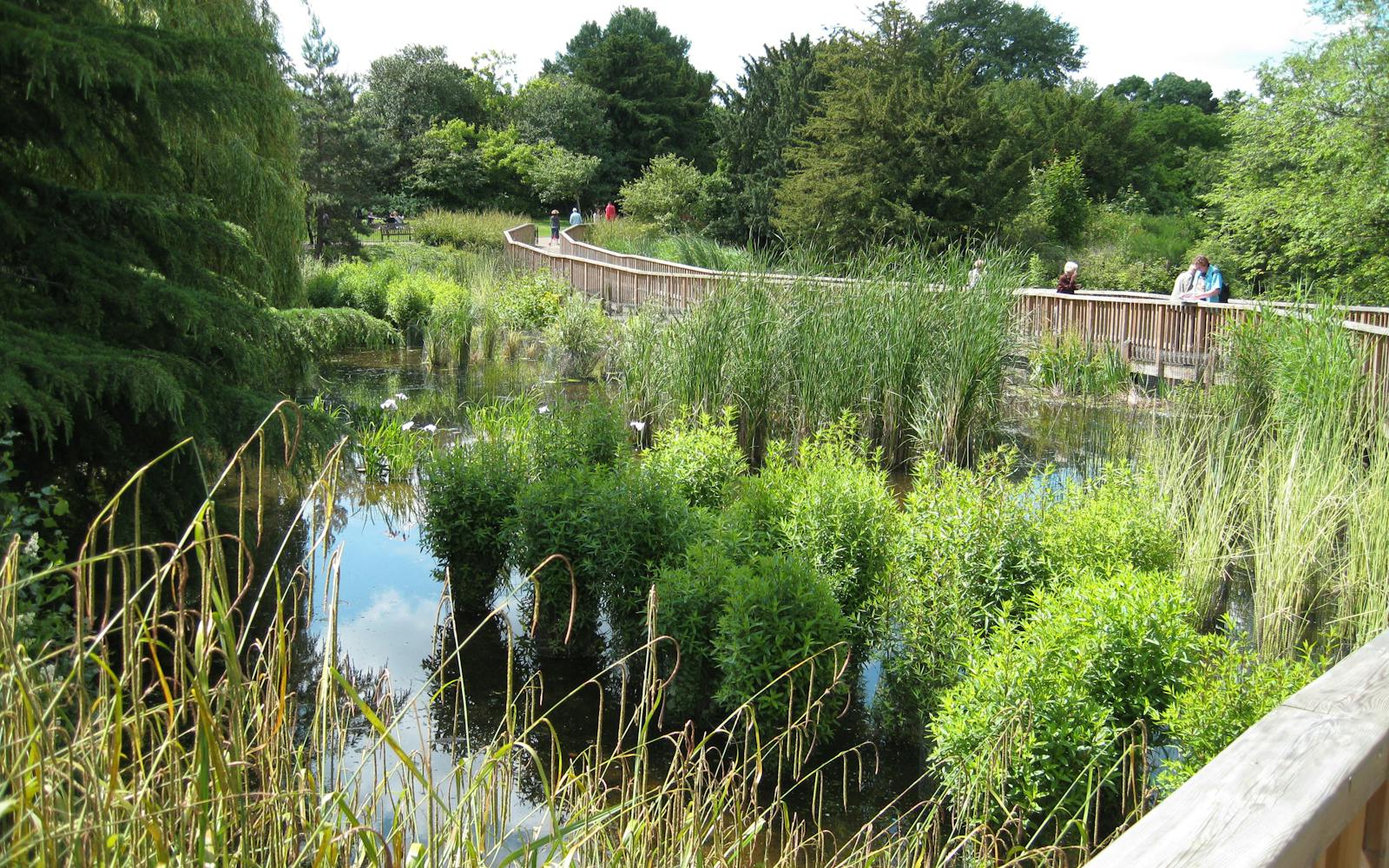
Natural England's Green Infrastructure Framework: A New Focus for Local Authority Parks and Open Spaces Strategies?
LUC has a long history of helping local authorities across the UK develop comprehensive parks and open spaces studies and strategies.
- Parks and open spaces studies provide an evidence base for local plan-making and development of planning policy.
- Strategies go beyond setting current and future open space needs to envision park operations and delivery as a well-planned, integrated service that meets the needs of local communities.
We closely monitor new guidance and policy on strategic green infrastructure planning, which we believe is essential for helping our clients meet their statutory duties and develop effective open spaces network strategies.
Key guidance and policy development over the past year has included:
- Natural England’s Green Infrastructure Framework (NE GI Framework)
- Local Nature Recovery Strategy (LNRS) regulations and statutory guidance
- Biodiversity Net Gain (BNG) as a key delivery mechanism for nature recovery
As a multidisciplinary practice, we naturally connect the dots and develop strategies that consider multiple drivers and address multiple needs in an integrated and coordinated way. Recent guidance and policies for England reinforce this principle and provide a roadmap for achieving it when developing parks and open spaces strategies.

An integrated network
The NE GI Framework recognises parks and open spaces as part of a wider GI network, which includes river corridors, designated sites, access routes, woodlands, trees, and private gardens. This emphasises the need to consider parks and open spaces in the context of the wider network. We see great value in developing an integrated open space and green infrastructure evidence base. For example, we can consider access to open space in terms of a wider access network that includes public rights of way, accessible blue spaces, and key barriers.
National standards and benchmarks
The NE GI Framework establishes a set of headline GI standards for both area-wide and major development to improve the quantity and quality of green infrastructure. The associated guidance notes that these standards can be adapted to local contexts.
However, a coordinated approach across neighbouring local authority areas is highly beneficial, for example when assessing accessibility to open spaces that provide regional access. While there have been previous guidelines on quantity standards, the NE GI Framework is the first to establish an England-wide quantity or capacity standard for accessible natural green space provision.
Even in areas where the proposed headline standard may be difficult to achieve, a recognised benchmark is beneficial, providing the opportunity to compare a local area's performance. The NE GI Framework identifies the Green Flag Award criteria as a measure of accessible greenspace quality. We see opportunities for integrated assessments of local authorities' open space portfolios to assess the management and condition of features and identify opportunities to enhance sites for a range of functions, such as delivering BNG, tree planting, and flood alleviation.
Coordinated delivery
The framework’s headline standards highlight the need for a coordinated approach within and beyond local authority areas. The proposed Urban Nature Recovery Standard and Urban Tree Canopy Cover Standard must be considered locally, but they must also inform and be informed by regional plans.
The NE GI Framework states that nature recovery will be achieved by "linking green infrastructure strategies to Local Nature Recovery Strategies (to be developed across multiple local authority areas) so that they work together and support each other." In turn, an authority-wide green and blue infrastructure strategy should form the basis of key service delivery strategies (such as parks and open spaces strategies). This will help to ensure that key actions and priorities are considered as part of parks and open space operations and resource planning, providing the crucial link from the strategic scale down to site level.
Conclusions
While focusing on parks and open spaces strategies remains beneficial, new guidance highlights the clear benefits of these strategies being informed by an integrated baseline assessment of the wider GI network. The strategies provide an opportunity to review and plan how a parks service operates, funding, community engagement, and ongoing stewardship of local authority open spaces. Moving forward, these strategies must also become operational documents for parks teams or services to support the delivery of a wider green and blue infrastructure strategy.
How LUC can help
LUC has been a leader in parks and open spaces planning since our inception, providing guidance and training, conducting open spaces and play studies, and developing strategies. Our work is informed by our extensive experience in developing Green and Blue infrastructure Strategies and is guided by the latest science and policy developments. We can draw on a wide range of expertise in landscape management, planning, ecology, design, and GIS. Our teams include Green Flag judges with experience supporting local authorities and parks teams in reviewing parks service delivery and engaging with a wide range of stakeholders. Please contact us if you would like assistance with developing or reviewing your green infrastructure or parks strategy in light of recent policy changes.










